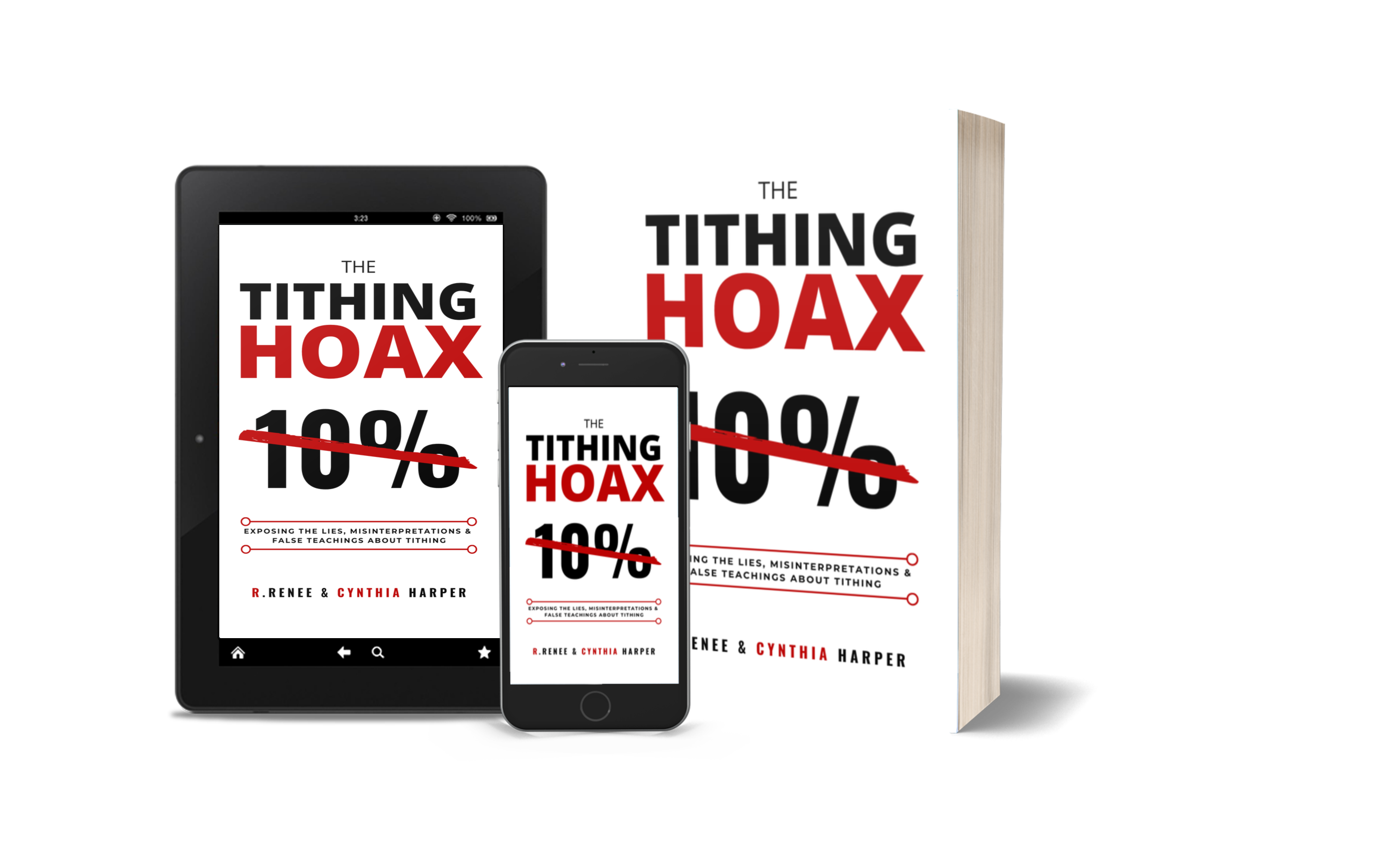According to Nonprofits Source’s tithing statistics, 3% to 5% of Christians pay tithes. This means the number of tithers hovers around 10 million. However, a 2015 ShareFaith report cites that 1.5M U.S. Christians tithe. There are approximately 250 million Americans who identify as Christians. Of this number, only a small percentage practice so-called tithing.

Table of Contents
- Watch the Video
- Millions Support the Church
- The Tithe Isn’t Always 10%
- A Breakdown of Generational Giving
- The Great Divide Among Tithers
- FAQs About Tithes
- Recap
- Find Out More
Watch the Video
Millions Support the Church
Of course, the biblical and modern-day tithe isn’t the same. God’s tithe constituted agricultural produce. Today’s tithe preachers have redefined it to mean 10% of one’s income. This post addresses the question based on the modern redefinition of the biblical tithe.
The number of tithers remains relatively low despite Christian tithe teachers enforcing their “tithe law” upon congregations. Even though the modern-day tithe isn’t biblical, millions of Christians believe in this practice.
Excuse me! I encourage you to check out an article I wrote. Be a Part of Something Bigger – Read Our Guide on Giving to Your Church!
The Tithe Isn’t Always 10%
The number of tithers in the U.S. is estimated to be between 1.5 to 10 million. Nonprofits Source cites that 80% of Americans give 2% of their income to their churches. At the other end of the spectrum, 77% of Christian tithers exceed the 10% standard. They donate between 11% and 20% of their income. Donations are used to fund areas such as:
* Denominations
* Congregations
* Christian media
* Missionary societies
Generally, a small percentage of people in a protestant congregation pay tithes. According to Nonprofits Source, the range is between 10% and 25%. Additionally, the financial support churches receive varies based on the age of the tithers.
A Breakdown of Generational Giving
According to CDF Capital, there are generational differences in charitable giving. For instance, people born before 1945 are called The Greatest Generation. Eighty-eight percent of them give to charity.
The Boomer Generation was born between 1946 and 1964. Thirty-two percent of this group donates to charitable causes. Next is Generation X. Fifty-nine percent of Gen Xers give to charity. They were born between 1965 and 1980. The Millennials round out the list. They were born between 1981 and 1995, and 60% to 87% of this demographic gives to charities.
Here’s what the donations look like per year:
* The Greatest Generation – $1,367
* Boomers – $1,212
* Generation X – $732
* Millennials – $481
Keep in mind these figures don’t pertain specifically to so-called tithing. However, tithing to a church does fall under the category of charitable giving. Charitable giving often involves donating money to nonprofit organizations other than the church.
The Great Divide Among Tithers
Tithe advocates teach Christians to “pay God” 10% of their income. The consensus among tithe teachers is that this 10% should come from your gross income. According to Nonprofits Source, 70% of tithers pay tithes from their gross income. With that said, the average adult tither in a Protestant church pays $17 a week in tithes.
There’s an interesting divide among tithers. There are two groups whose tithing is as different as night and day. These are church-goers who are low-income earners and high-income earners. A 2015 ShareFaith report states that Christians earning $20,000 annually are eight times more likely to tithe (or donate) than individuals bringing home $75,000 yearly. Believers who have fewer financial resources are more likely to tithe.
FAQs About Tithes
What Is the Average Tithe in Church?
Some various sources and factors can return different tithe results. According to a Church Salary survey, 300 Churches revealed that In 2022, the average tithe for each person was $ 2,848.
Recap
How many Christians tithe? Well, not that many. Research shows the percentage is approximately 5%. Additionally, the level of charitable giving varies by age and income. The Greatest Generation and Baby Boomers donate the most money at a higher percentage than Generation X and Millennials. This charitable giving includes but isn’t limited to church tithing.
As it relates specifically to tithing, churchgoers with lower incomes tithe more than those with higher incomes. Churchgoers earning $20,000 a year are almost ten times more likely to tithe (or donate) than those earning $75,000 a year.
Find Out More

Discover the hidden truth about tithes the church doesn’t want you to know. Click here. All verses listed are from the King James Version of the Bible unless stated otherwise.










